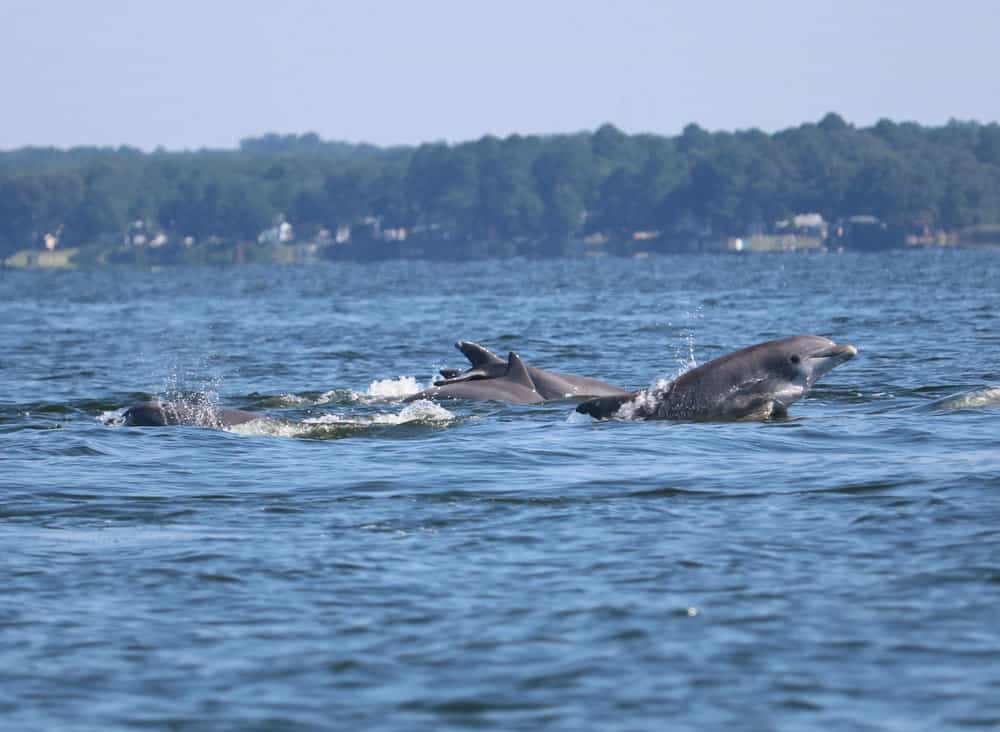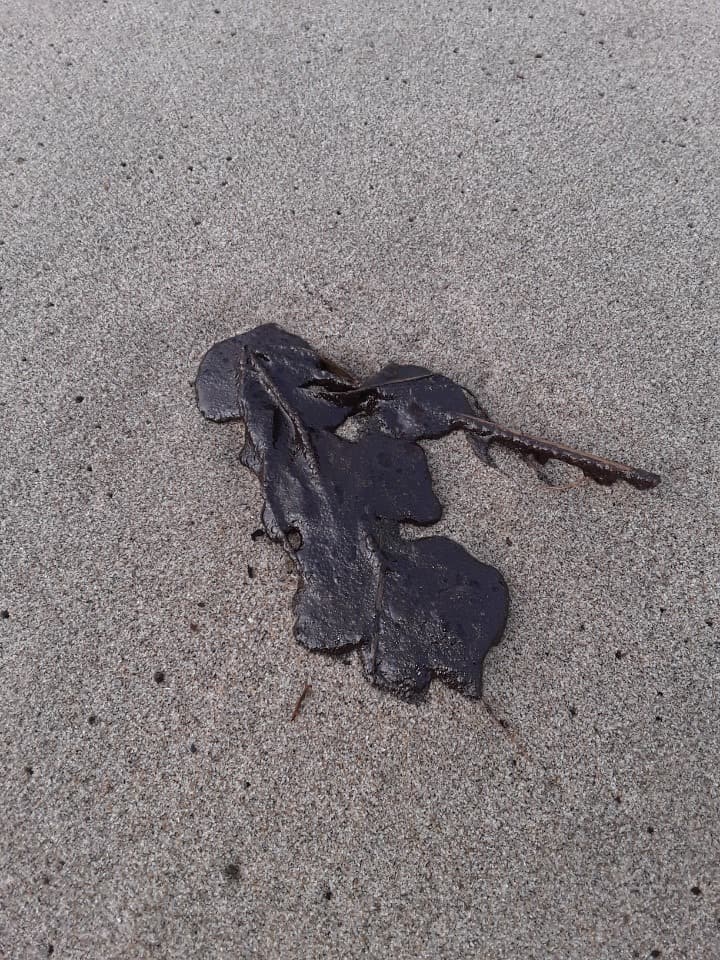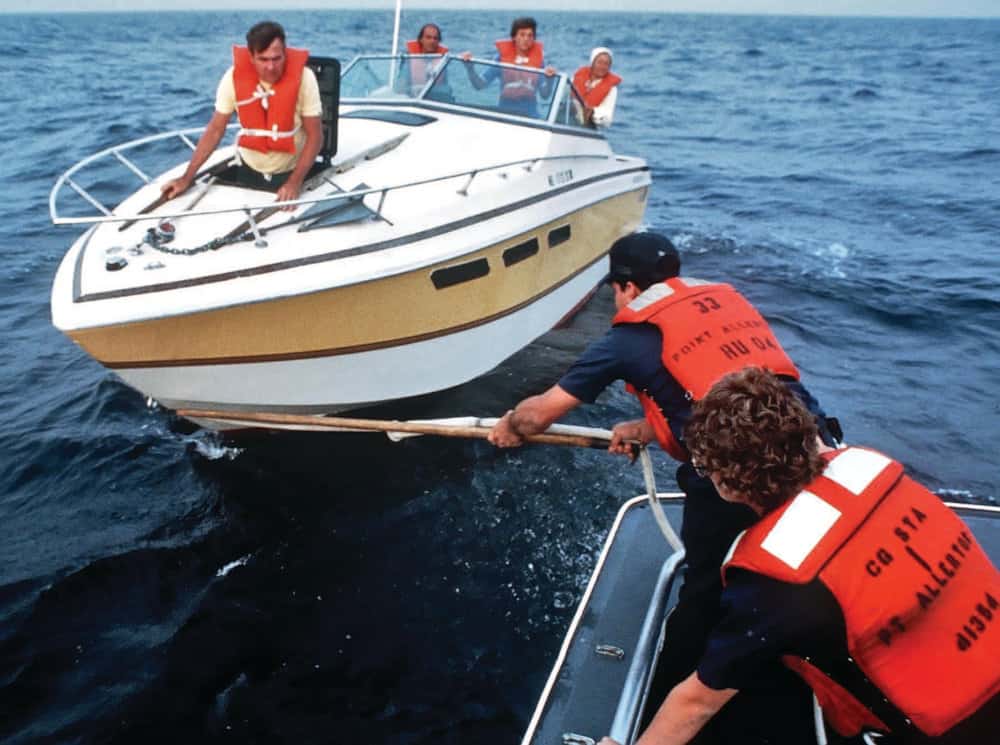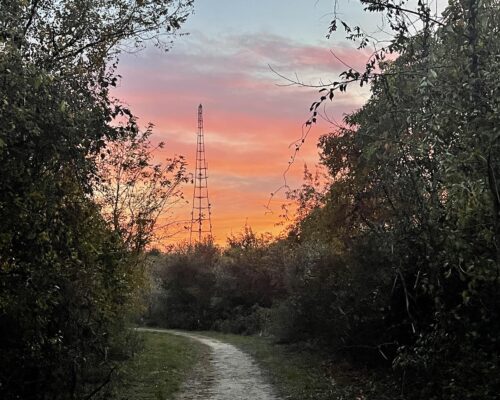A website launched this summer, asking the public to track dolphin sightings in the Bay, has yielded extraordinary results.
Dr. Helen Bailey and her team at the University of Maryland Center for Environmental Science (UMCES) have been trying to learn what brings the beautiful animals to the Bay, how many there may be, and why they choose certain parts of the Bay over others.
Dr. Bailey’s team had been using listening devices in the Patuxent and Potomac rivers, but they wanted to learn more. In late June, chesapeakedolphinwatch.org was launched. It allows users to create an online profile, then report the dolphins they spot on the Bay: location, time, and number of dolphins seen. For quality control, the Dolphin Watch team contacts each person individually to verify the sighting with photos or video footage, or a good description of what the person saw.
Tania Richardson Remaly caught this group of dolphins off Ragged Point on the Little Choptank RiverAlmost three months after the program launched, Bay Bulletin checked in with Dr. Bailey to see how it’s been going. Her response was enthusiastic, to say the least:
“It’s been a much bigger response than we were anticipating!” said Bailey. “We have nearly 1,500 users now and over 900 sightings, so many more than we were expecting.”
One of the most interesting trends Chesapeake Dolphin Watch has shown so far: in late June and July, a surprising number of dolphins were hanging out as far north as the Bay Bridge, and even farther north in some cases. Dr. Bailey says she didn’t expect them to venture so far.
And, similarly, some dolphins traveled very far up individual rivers. One sighting was almost 30 miles up the York River, where the water is significantly more fresh than salty.
Because the scientists ask each person who reports a sighting to send over any photos they capture, UMCES now has an incredible collection of dolphin photos. One particularly memorable experience was for a group of sailing camp participants, who had dolphins swim right up to their sailing dinghies.
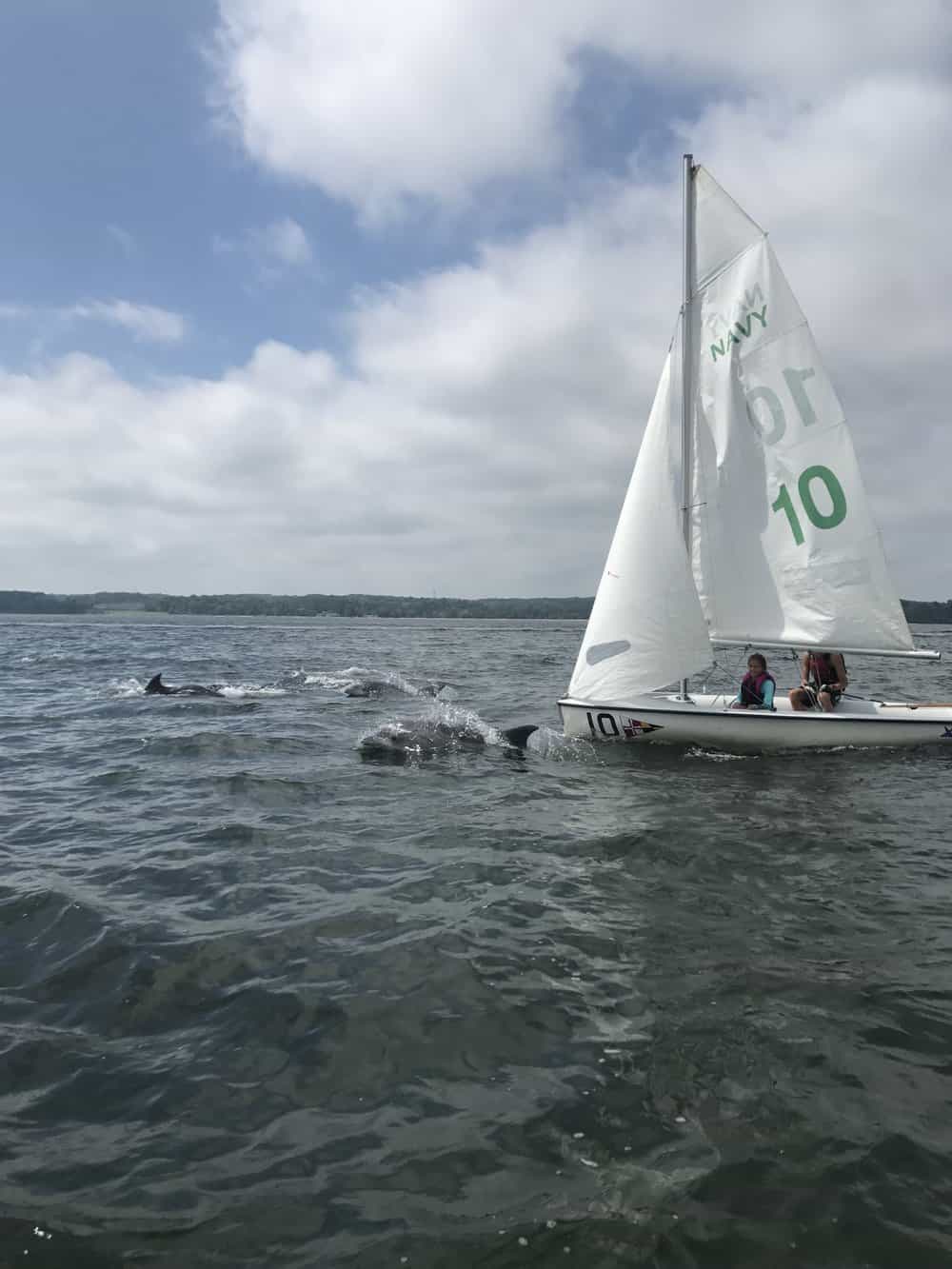
Though it’s getting cooler, and Dr. Bailey doesn’t anticipate the dolphins hanging around the Bay much past October, the website will continue operating year-round.
When I asked whether any conclusions could be drawn after the program’s first summer, Dr. Bailey says, “Dolphins follow the fish.” She believes that’s the explanation for some of the mammals being spotted farther north in certain months, or way upriver. But, she says. there’s still a lot more to learn.
The Chesapeake Dolphin Watch program expects to not only continue, but expand, next spring, with a spruced-up website and a mobile app that would make it easier for boaters with a cell phone to check in on dolphin spottings.

